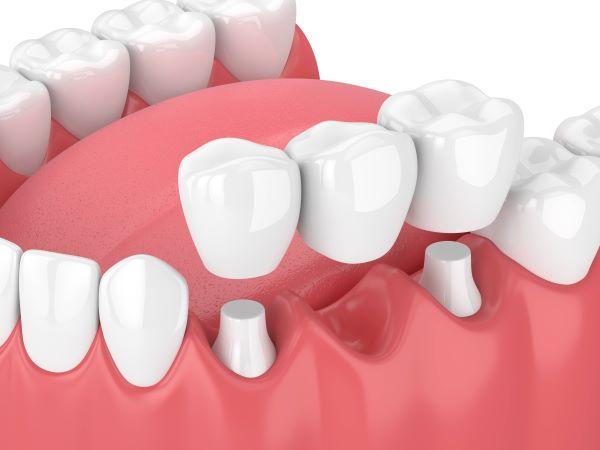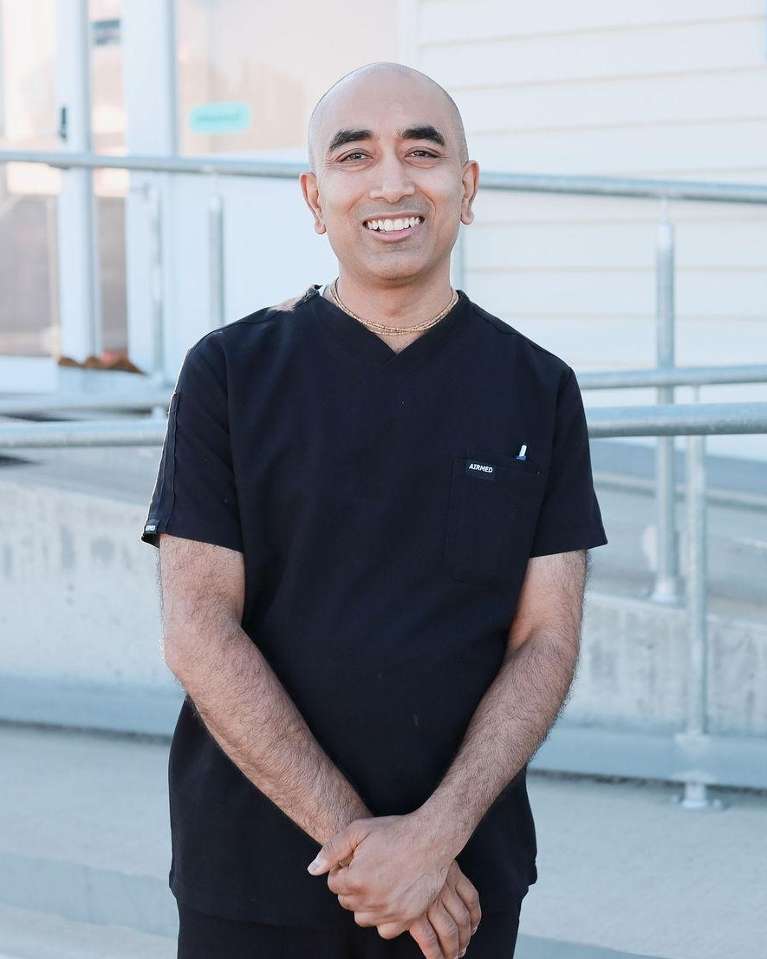Dental Crowns and Bridges in White Hills
Your smile is more than just teeth; it gives you confidence and helps you connect with others. So, when tooth decay or missing teeth threaten your way of life, our dental team can help.
Our White Hills dental clinic understands the need for dental restorations to improve your smile’s aesthetic beauty and allow you to eat and speak properly. Dental crowns and bridges make this possible, giving you a healthy smile you can be proud of.
Strengthening Your Smile with Dental Crowns
 Our dental clinic uses dental crowns to completely cover and protect teeth due to damage or decay.
Our dental clinic uses dental crowns to completely cover and protect teeth due to damage or decay.
We may recommend a dental crown for the following reasons:
- To restore a tooth with extensive decay when a filling isn’t enough
- To support a broken or cracked tooth
- To strengthen a tooth after root canal therapy
- To anchor a dental bridge to adjacent teeth
- To cosmetically conceal stained, discoloured or misshapen teeth
- To complete a a dental implant procedure
The Dental Crown Process: What to Expect
If a dental crown is the best choice for your smile, here’s what you can expect:
- First, we’ll arrange two dental appointments and explain the procedure.
- We’ll prepare your tooth and take digital impressions during your first appointment.
- Then, we’ll choose the most natural shade so your new crown will match your other teeth.
- Next, we’ll create and place a temporary crown to protect your tooth until your next appointment.
- Your impressions will be sent to a dental lab so they can create your crown, and then you’ll return so we can complete your treatment.
- During your second appointment, we’ll remove your temporary crown, clean the area and place your final crown.
- We’ll check your bite and make sure it matches your other teeth.




